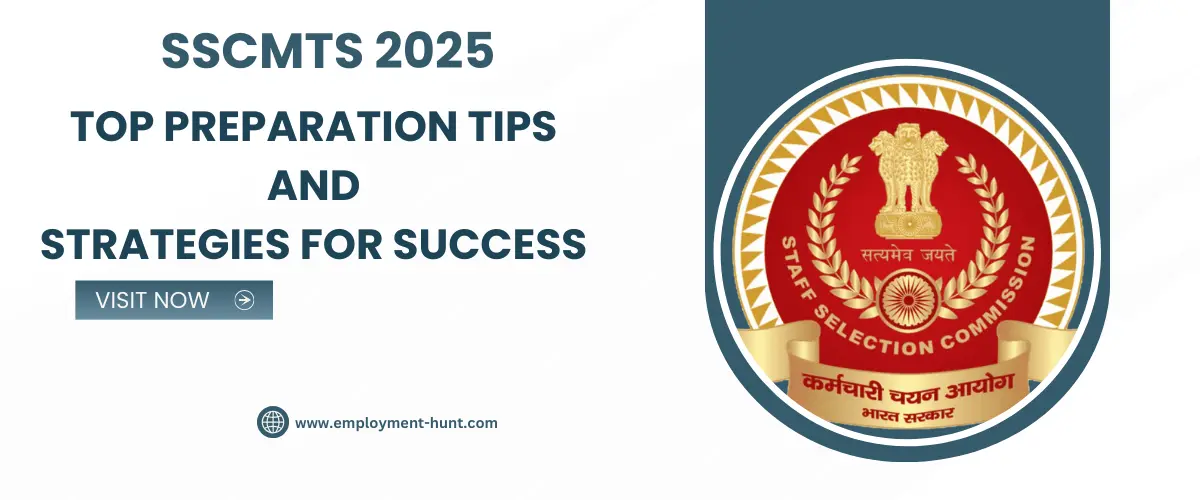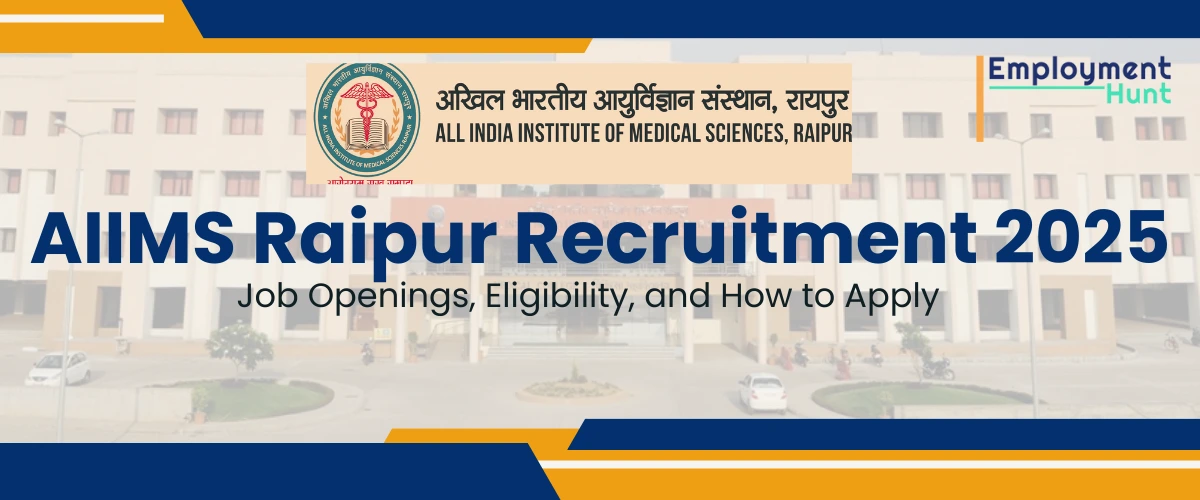Introduction
Preparing for the SSCMTS 2025 exam can feel overwhelming, especially since the competition grows every year. However, with the right preparation tips and strategies, you can certainly set yourself up for success. The Staff Selection Commission Multi-Tasking Staff (SSC MTS) exam is, after all, a golden opportunity to secure a stable government job. Nevertheless, it requires dedication and a smart approach. Therefore, in this blog, we’ll share the top preparation tips and strategies for success to help you ace the SSCMTS 2025 exam. Let’s dive in!
Why SSCMTS 2025 Matters for Aspirants
The SSCMTS 2025 exam is expected to attract lakhs of candidates vying for limited posts. For instance, conducted by the Staff Selection Commission (SSC), this exam recruits candidates for non-technical, multitasking roles in various government departments. Consequently, the stakes are high, but so are the rewards—a secure job, good pay, and long-term stability. Thus, to stand out, you need a preparation plan that works. Now, let’s explore some proven strategies for success to help you succeed.
Key Preparation Tips for SSCMTS 2025
Success in the SSCMTS 2025 doesn’t happen overnight. Instead, it requires a structured approach. So, here are some actionable preparation tips to guide you:
- Understand the Syllabus and Exam Pattern
First and foremost, before diving into preparation, familiarize yourself with the official syllabus and exam pattern. For example, the SSC MTS exam typically includes two papers: Paper 1 (objective) and Paper 2 (descriptive). Knowing what topics to focus on—like reasoning, numerical aptitude, English, and general awareness—helps you avoid wasting time. Moreover, visit the official SSC website for the latest syllabus updates. - Create a Study Schedule
Consistency is key, so break your preparation into daily goals. Specifically, dedicate specific hours to each subject. For instance, spend mornings on quantitative aptitude and evenings on English comprehension. As a result, a balanced schedule ensures you cover all areas without burnout. - Practice with Previous Year Papers
Solving past question papers gives you a sense of the exam’s difficulty and question types. Additionally, it helps with time management—a critical factor in Paper 1. Therefore, you can find sample papers on the SSC portal or other trusted educational sites. - Strengthen Your Weak Areas
Initially, identify your weak subjects early on and allocate extra time to improve. For example, if math intimidates you, practice more problems daily and watch tutorials to build confidence. Consequently, this approach helps you tackle challenging areas effectively.
Proven Strategies for Success in SSCMTS 2025
Beyond basic preparation, adopting smart strategies can give you an edge in the SSCMTS 2025 exam. Hence, here’s how to fine-tune your approach:
- Focus on Time Management
During the exam, every second counts. Therefore, practice mock tests regularly to improve your speed and accuracy. For instance, use a timer to simulate real exam conditions—this builds stamina and helps you prioritize questions wisely. - Master Shortcuts for Quantitative Aptitude
The numerical aptitude section can be tricky; however, learning shortcuts for calculations, percentages, and ratios can save time. Additionally, resources like online tutorials or books such as RS Aggarwal’s Quantitative Aptitude can be incredibly helpful. - Stay Updated with Current Affairs
General awareness is a scoring section if prepared well. Thus, read newspapers daily and follow monthly current affairs magazines to stay informed. Moreover, websites like PIB offer reliable updates for government-related news, which often appears in SSC exams. - Revise Regularly
Don’t just study and move on—revision is crucial. Instead, set aside the last month before the exam for revising formulas, key concepts, and notes. For example, create flashcards for quick recall of important topics like history dates or math formulas. As a result, you’ll retain information better.
Common Mistakes to Avoid While Preparing for SSCMTS 2025
Even with the best preparation tips, certain mistakes can derail your progress. So, avoid these pitfalls:
- Procrastination: Waiting until the last minute to start studying leads to stress and incomplete preparation. Hence, start early.
- Ignoring Paper 2: Many candidates focus solely on Paper 1 and neglect the descriptive paper. Instead, practice essay and letter writing to score well here.
- Overloading with Resources: Stick to a few trusted books and online platforms instead of jumping between too many sources. Otherwise, you might feel overwhelmed.
For more insights, check out our blog on How to Avoid Common SSC Exam Mistakes to refine your approach further.
Resources to Boost Your SSCMTS 2025 Preparation
To succeed in the SSCMTS 2025, you’ll need the right tools. Therefore, here are some recommended resources:
- Books: Quantitative Aptitude by RS Aggarwal, Objective General English by SP Bakshi, and Lucent’s General Knowledge.
- Online Platforms: Apps like Gradeup or Testbook offer mock tests and daily quizzes tailored for SSC exams.
- Official Updates: Regularly check the SSC official website for notifications, admit cards, and results.
Conclusion
Cracking the SSCMTS 2025 exam is entirely achievable with the right preparation tips and strategies for success. First, start early; then, stay consistent, and finally, focus on smart work rather than just hard work. By following the tips and strategies outlined in this blog, you’ll be well on your way to securing a government job through the SSC MTS exam. Additionally, for more guidance, explore our blog on SSC MTS Syllabus Breakdown to dive deeper into each section. Best of luck with your preparation!





